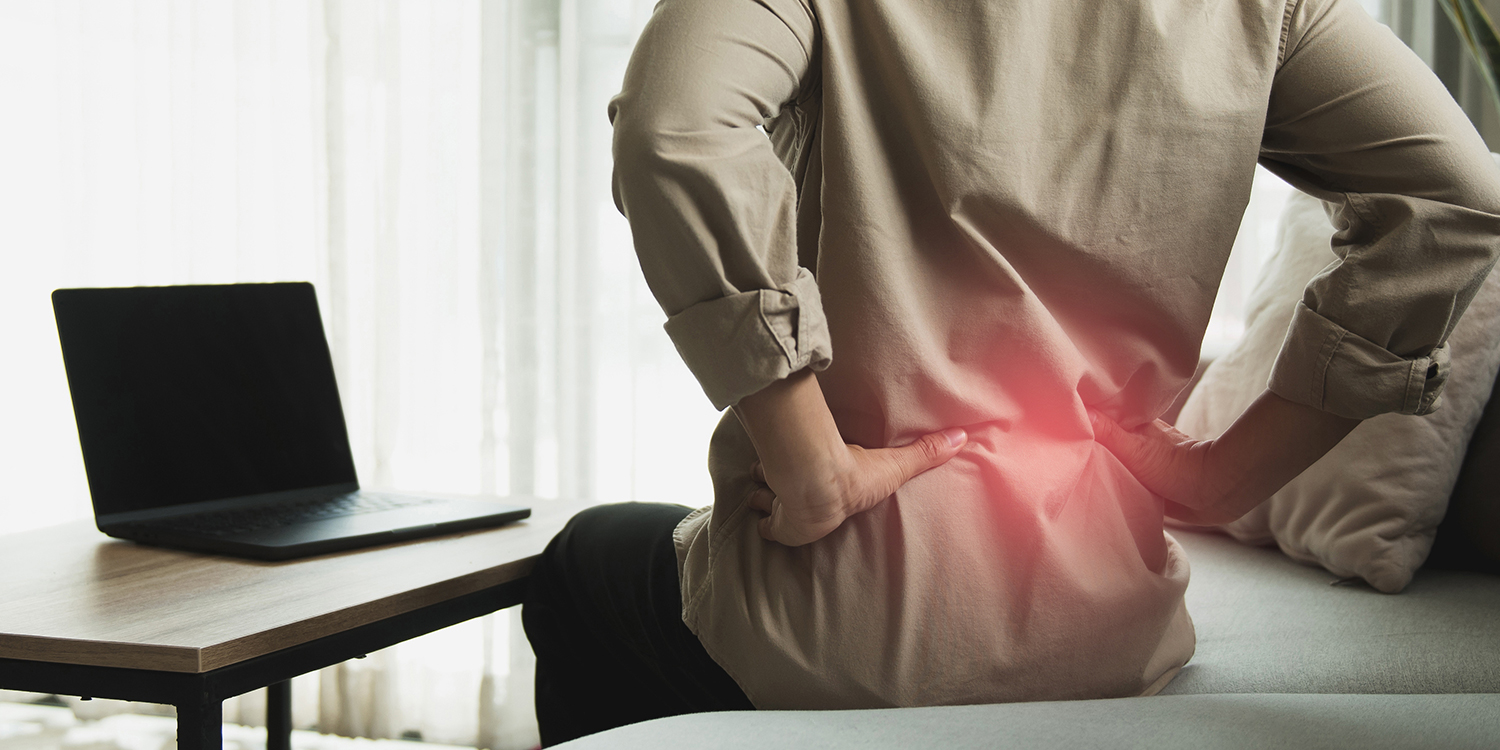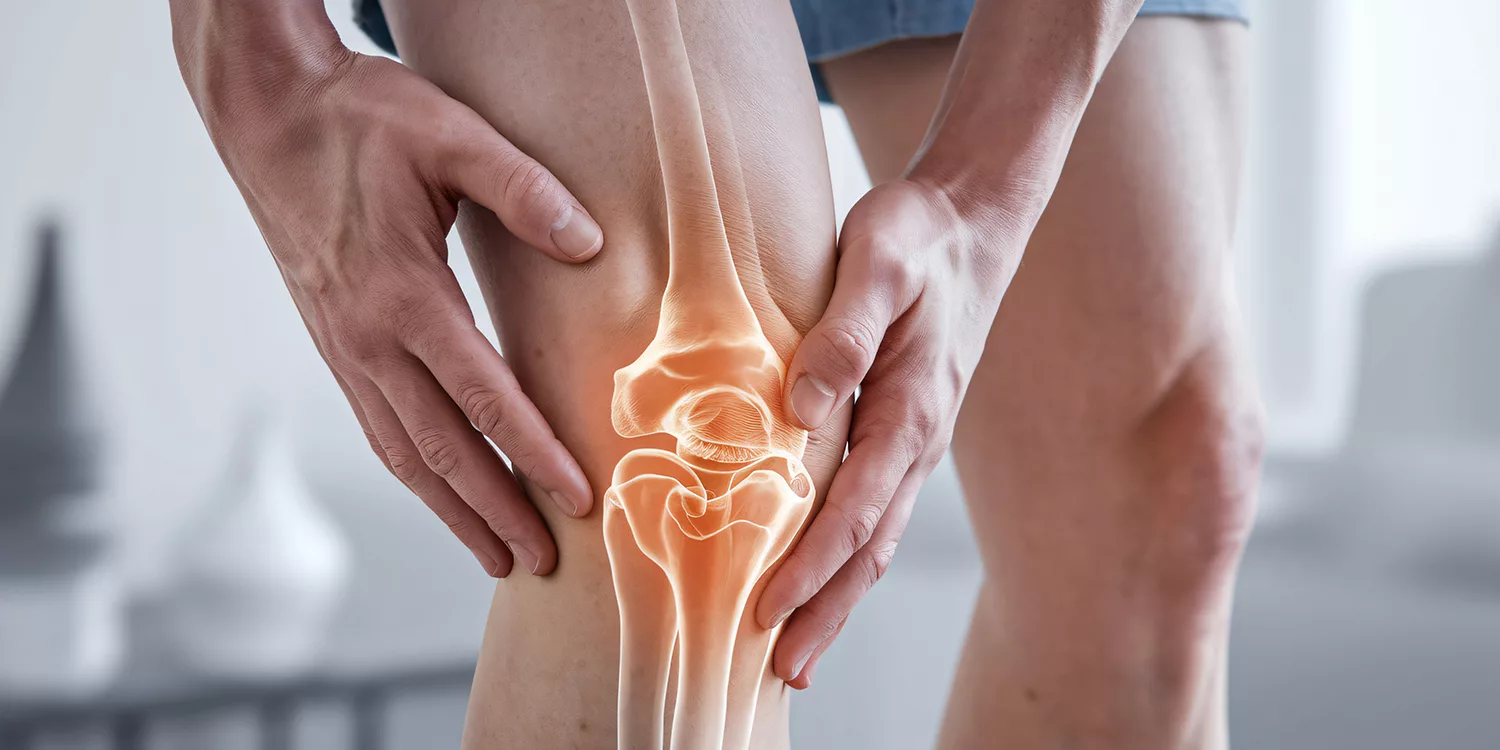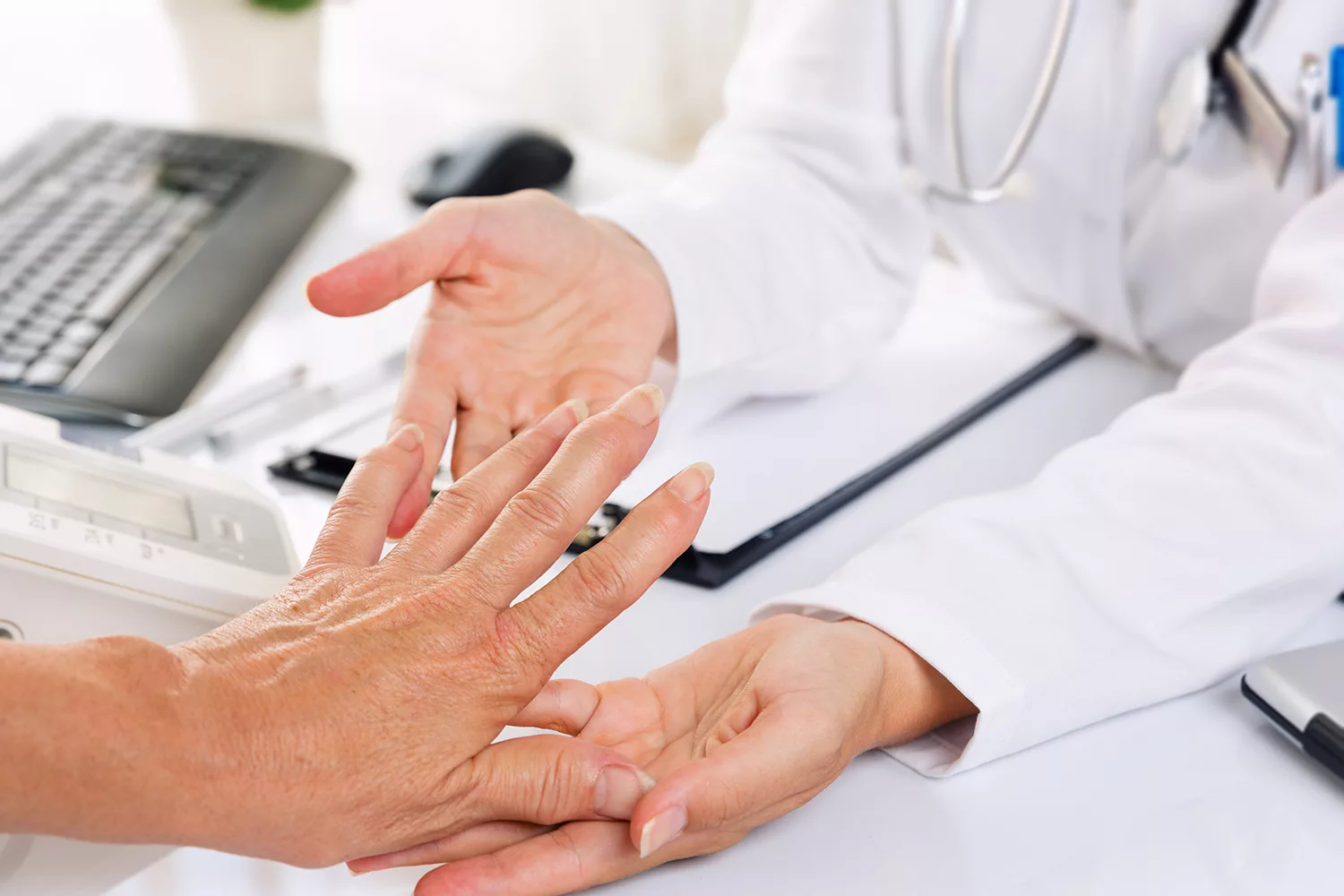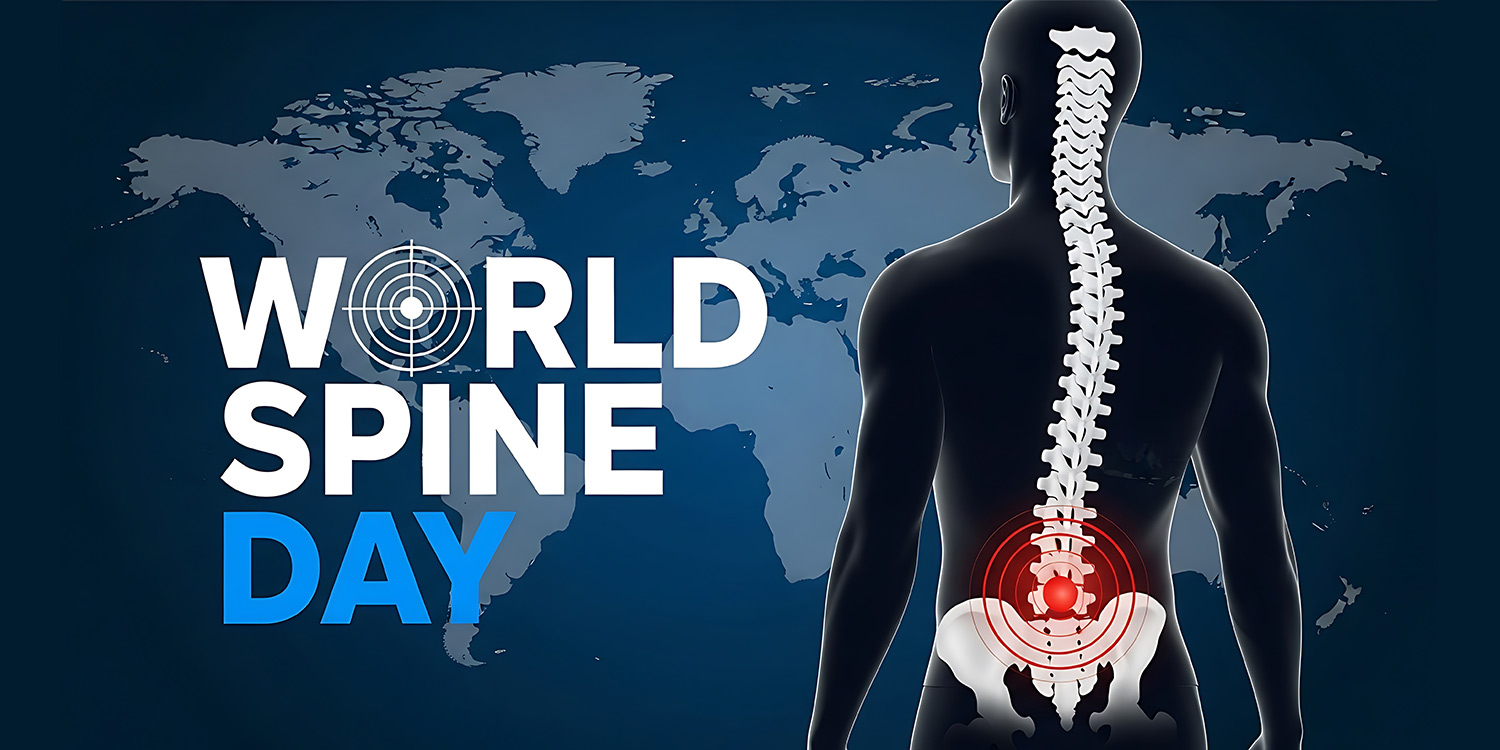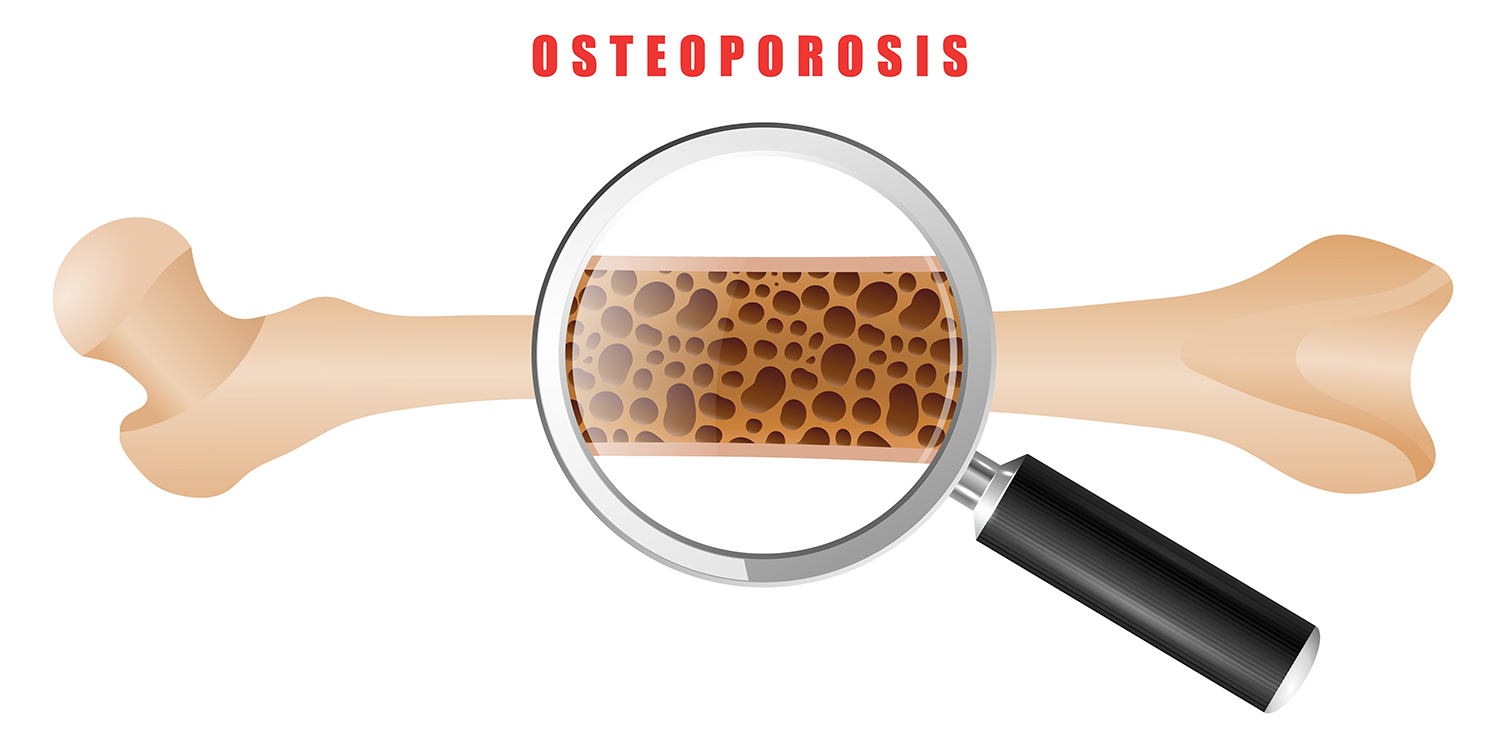Osteoporosis is a progressive bone disease that reduces bone strength, making even minor injuries capable of causing fractures. It often develops silently over time, showing no clear symptoms until a bone breaks, usually in the hip, wrist, or spine. At Graphic Era Hospital, Dehradun, our orthopaedic specialists, endocrinologists, and physiotherapists work together to deliver holistic osteoporosis care, focusing on prevention, treatment, and long-term recovery. Our multidisciplinary team uses advanced bone density scans, digital imaging, and personalised therapy plans to strengthen bones, enhance mobility, and prevent future fractures. Through early diagnosis and continuous follow-up, we help patients lead active lives.
Understanding Osteoporosis and Its Types
Osteoporosis occurs when the body loses too much bone, makes too little of it, or both. As a result, bones become porous and brittle, increasing the likelihood of fractures even from minor stress or falls. This condition often progresses without noticeable symptoms, which makes early detection essential for effective management and fracture prevention. Osteoporosis can develop in different forms depending on its cause and underlying factors. The main types include:
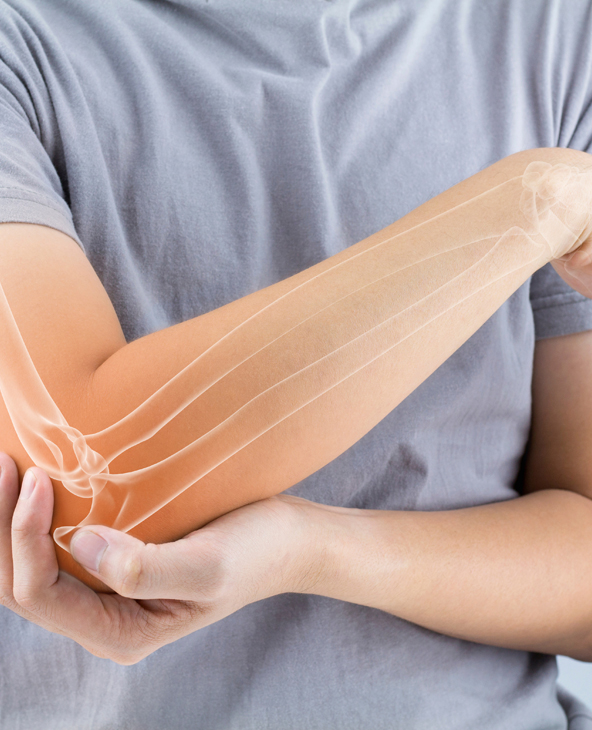
- Primary Osteoporosis: The most common type, seen mainly in older adults and postmenopausal women due to natural ageing and hormonal changes.
- Secondary Osteoporosis: Caused by other health conditions or medications that affect bone metabolism, such as thyroid disorders, prolonged steroid use, or chronic liver disease.
Signs and Symptoms of Osteoporosis
Osteoporosis develops gradually, and most people do not realise they have it until a fracture occurs. However, the body often gives early signals of weakening bones that should not be ignored. Common signs and symptoms of osteoporosis include:
- Persistent back pain caused by a fractured or collapsed vertebra
- Gradual loss of height or a stooped posture over time
- Fragile bones that break easily from mild stress or simple falls
- Weak grip strength or reduced joint stability
- Sudden onset of sharp pain in the hip, wrist, or spine
- Increased risk of fractures, especially in postmenopausal women or older adults
Causes and Risk Factors of Osteoporosis
Osteoporosis develops when the natural process of bone renewal becomes imbalanced, which means the body breaks down old bone faster than it can rebuild new tissue. Over time, this leads to thinner, weaker bones that are more prone to fracture. Common causes and risk factors of osteoporosis include:
- Ageing: Bone density naturally decreases with age, especially after 50.
- Hormonal Changes: Reduced oestrogen in women and low testosterone in men accelerate bone loss.
- Nutritional Deficiencies: Low calcium, vitamin D, or protein intake weakens bone structure.
- Sedentary Lifestyle: Lack of regular physical activity reduces bone strength and flexibility.
- Certain Medications: Long-term use of corticosteroids or thyroid medicines may interfere with bone metabolism.
- Medical Conditions: Disorders such as rheumatoid arthritis, diabetes, and liver disease increase risk.
- Family History: Having a parent or sibling with osteoporosis raises the likelihood of developing it.
- Smoking and Alcohol Use: Both reduce bone formation and affect calcium absorption.
How Is Osteoporosis Diagnosed?
Diagnosing osteoporosis early is essential to prevent fractures and manage bone loss effectively. At Graphic Era Hospital, Dehradun, osteoporosis specialists use advanced imaging and laboratory tests to assess bone strength, identify risk factors, and detect early signs of bone thinning before complications occur.
Key diagnostic methods include:
- Bone Density Scan (DEXA): A painless imaging test that measures bone mineral density, often used to confirm osteoporosis.
- X-rays: Help detect fractures and bone thinning, particularly in the spine or hips.
- CT or MRI Scans: Provide detailed images of bone structure in complex or severe cases.
- Blood and Urine Tests: Evaluate calcium, vitamin D, and hormone levels that influence bone health.
- Fracture Risk Assessment Tools: Combine imaging results with personal and medical history to estimate fracture risk.
Treatment Options for Osteoporosis
The goal of osteoporosis treatment is to strengthen bones, prevent fractures, and slow further bone loss. At Graphic Era Hospital, Dehradun, doctors create personalised treatment plans based on each patient’s age, bone density, and overall health. Our approach combines medication, lifestyle modification, and physical therapy to promote lasting bone health and mobility. Common treatment options include:
- Medications: Bisphosphonates and other bone-strengthening drugs help prevent further bone loss and reduce fracture risk.
- Calcium and Vitamin D Supplements: Support bone formation and maintain healthy mineral levels.
- Hormone Therapy: Helps restore hormonal balance in postmenopausal women and men with low testosterone levels.
- Injections for Osteoporosis: Advanced injectable treatments are available to increase bone density and reduce the risk of fractures.
- Physiotherapy and Exercise: Weight-bearing and muscle-strengthening exercises improve balance and bone strength.
- Dietary and Lifestyle Management: Nutrition counselling and smoking or alcohol cessation support overall bone health.
When to See a Doctor for Osteoporosis?
Early medical evaluation can make a significant difference in preventing fractures and maintaining bone health. You should see a doctor if you notice signs of bone weakness, experience unexplained pain, or have risk factors that make you more prone to osteoporosis. Timely consultation helps doctors assess bone density and begin preventive or corrective treatment before serious complications arise.
Seek medical attention if you experience:
- Frequent or unexplained bone fractures
- Persistent back pain or gradual height loss
- Noticeable stooping or change in posture
- Family history of osteoporosis or early menopause
- Long-term use of steroid or thyroid medication
- Sudden loss of mobility or reduced balance after minor falls
Why Choose Graphic Era Hospital for Osteoporosis Treatment in Dehradun?
At Graphic Era Hospital, we understand how osteoporosis can affect your mobility, confidence, and overall quality of life. Our goal is to provide comprehensive, compassionate, and effective care that helps patients regain strength and independence. By combining medical expertise with modern technology, we ensure precise diagnosis, personalised treatment, and continuous support for long-term bone health. Here’s why patients trust us for osteoporosis care:

Possible Complications of Untreated Osteoporosis
Untreated or advanced osteoporosis can lead to serious health issues that affect mobility, independence, and overall quality of life. Possible complications of osteoporosis include:
- Bone Fractures: Fragile bones break easily, especially in the hip, wrist, or spine, often requiring surgery or prolonged recovery.
- Vertebral Compression Fractures: Weakened spinal bones may collapse, causing chronic pain, height loss, or stooped posture.
- Limited Mobility: Repeated fractures can lead to difficulty walking, joint stiffness, and dependence on support for movement.
- Chronic Pain: Persistent pain from fractures or spinal changes may interfere with daily activities and sleep.
- Emotional Impact: Long-term pain or reduced independence can contribute to anxiety, depression, or social withdrawal.
Ways to Prevent Osteoporosis and Maintain Bone Health
Adopting healthy habits early in life plays a vital role in preventing osteoporosis and preserving bone strength. At Graphic Era Hospital, specialists guide patients through simple, practical lifestyle changes that promote better bone health and reduce the risk of fractures later in life.
To maintain strong bones and prevent osteoporosis:
- Eat a Calcium-Rich Diet: Include milk, yoghurt, paneer, green leafy vegetables, and nuts to support bone formation.
- Get Enough Vitamin D: Spend time in sunlight and consider supplements if recommended by your doctor.
- Stay Active: Regular weight-bearing and resistance exercises, such as brisk walking or light strength training, help maintain bone density.
- Avoid Smoking and Excess Alcohol: Both interfere with calcium absorption and bone repair.
- Schedule Routine Bone Density Tests: Regular screening allows early detection of bone loss.
- Maintain a Healthy Weight: Balanced nutrition and moderate exercise prevent unnecessary stress on bones.
- Manage Underlying Conditions: Keep thyroid, hormonal, or liver disorders under control to reduce bone loss risk.
Top Procedures
- MPFL Reconstruction Surgery
- Osteotomy Surgery
- ACL Injury
- Ankle Replacement Surgery
- Hip Resurfacing Surgery
- Knee Replacement Surgery
- Meniscus Repair Surgery
- Hip Replacement Surgery
- Shoulder Hemiarthroplasty Surgery
Blog
Frequently Asked Questions
Are osteoporosis and osteoarthritis the same thing?
No. Osteoporosis weakens bones and increases fracture risk, while osteoarthritis affects the joints, leading to pain and stiffness. The two conditions can occur together but are different in cause and treatment.
Can osteoporosis be cured?
Osteoporosis cannot be completely cured, but it can be effectively managed. With proper medication, exercise, and nutrition, patients can strengthen bones, reduce fracture risk, and lead active lives.
Can osteoporosis cause pain?
Yes. Osteoporosis can cause chronic back or neck pain due to fractures or compression in the spine. Early diagnosis and treatment help prevent pain and further damage.
Does osteoporosis affect teeth?
Yes. Bone loss from osteoporosis can weaken the jawbone, affecting dental health and increasing the risk of loose teeth or gum problems.
Where can I find effective therapy for osteoporosis near me?
You can visit Graphic Era Hospital in Dehradun, where specialists offer advanced therapy, medication, and physiotherapy programmes for osteoporosis management.
Is there an injection available for osteoporosis near me?
Yes. Doctors at Graphic Era Hospital provide injectable treatments designed to improve bone density and reduce fracture risk.
How can I get a bone scan test near me to check for osteoporosis?
Bone density (DEXA) scans are available at Graphic Era Hospital, Dehradun, for accurate assessment of bone strength and early detection of osteoporosis.
What is the success rate of osteoporosis treatment in Dehradun?
At Graphic Era Hospital, most patients experience significant improvement in bone strength and mobility with timely diagnosis, proper medication, and guided physiotherapy.
Which hospital in Dehradun offers advanced osteoporosis care?
Graphic Era Hospital is one of the leading centres in Uttarakhand for osteoporosis diagnosis and treatment, offering multidisciplinary care under expert supervision.
